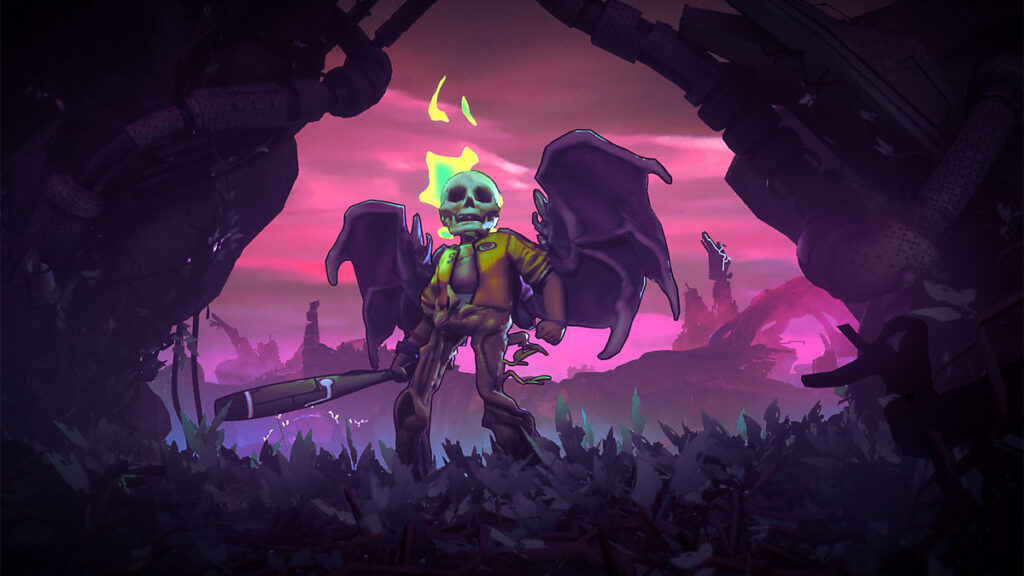
Double Fine Productions has managed to make a name for themselves by producing off-beat games that blend genres. Some may argue that the modest team has gotten by thanks to riding the coat tails of their earlier successes; namely Psychonauts or Brütal Legend. Now they step up up to the plate with RAD, an roguelike heavily inspired by the 80s.
RAD
Developer: Double Fine
Producer: Bandai Namco Entertainment
Platforms: Windows PC, Nintendo Switch, PlayStation 4 (reviewed), Xbox One
Release Date: August 20, 2019
Players: 1
Price: $19.99
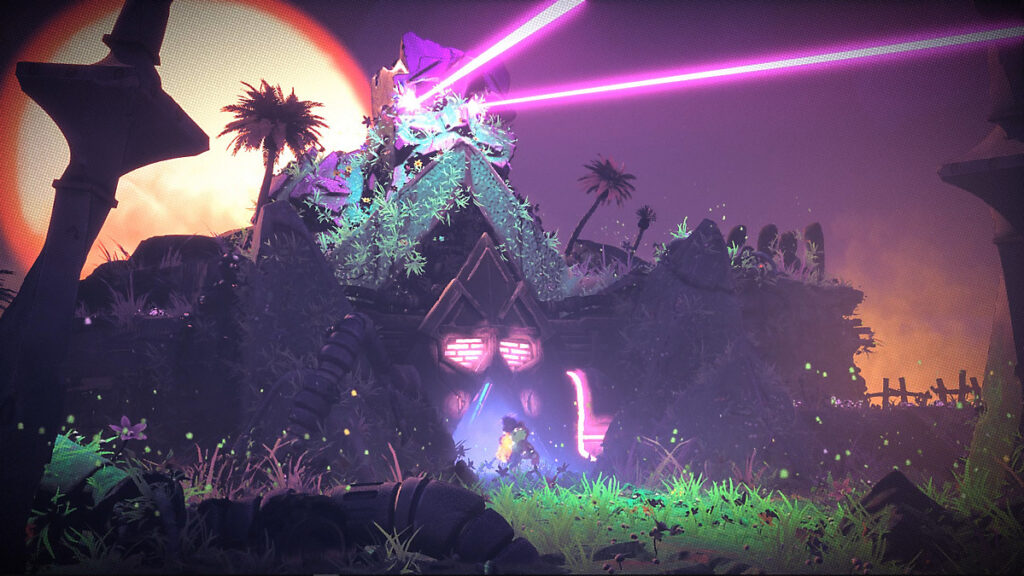
Remember the 80s? RAD sure does and it will stop at nothing to make sure you never forget it. At some point during the 2010s, 80s nostalgia hit the world by storm. It seems like you can’t look anywhere without media referencing 80s kitsch.
Games from Double Finerely on style over substance; usually having a quirky premise with admittedly interesting visuals and some witty writing. RAD is their latest mutant of their labors that blends simplistic isometric beat’em-up action with rogue-like dungeon-crawling and a ton of 80’s nostalgic flair.
Whenever a generation grows up, the first thing soulless corporations will do is to try to sell you back you childhood. It has gotten to a point where nostalgia for the 80s has gotten so played- but mostly it is just misremembered and has been grossly misrepresented.
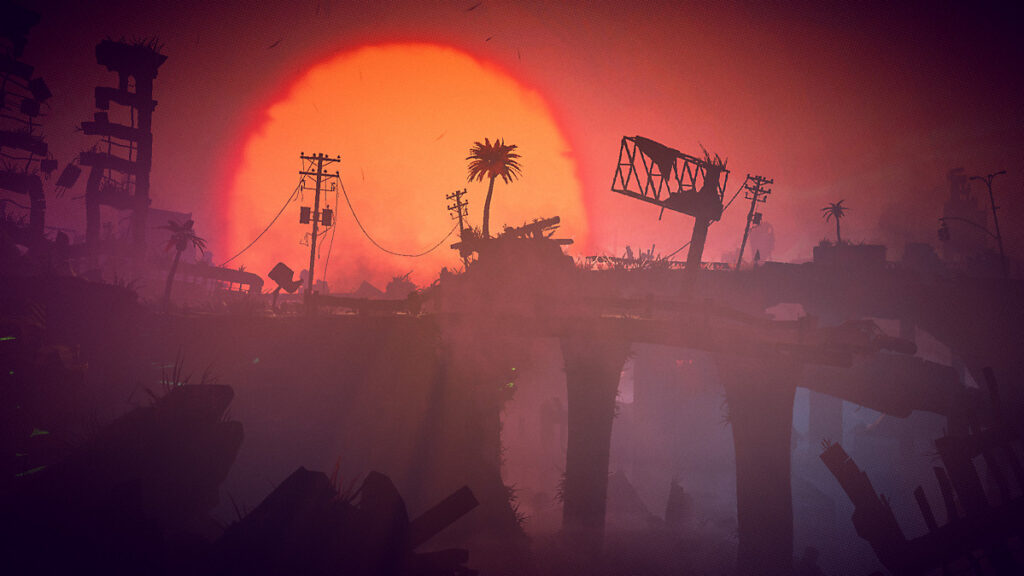
RAD gleefully throws every cliched 80s reference in the book; a cast of rag-tag kids that are every stereotype in the book. It is a miracle that Mama Frateli does not try to kill them.
It can get insufferable at times due to the lack of restraint, and how RAD shamelessly cribs from another modern 80s influenced media; the 2015 film Turbo Kid.
Beneath the fraudulent sentimentality of its veneer, RAD‘s gameplay is all that it has to offer after the novelty of valley girls and mohawk punks wear off. What it has to offer is a quaint and satisfactory action-RPG with a creative mechanic involving mutating abilities, nicely packed into the framework of a dungeon-crawler.
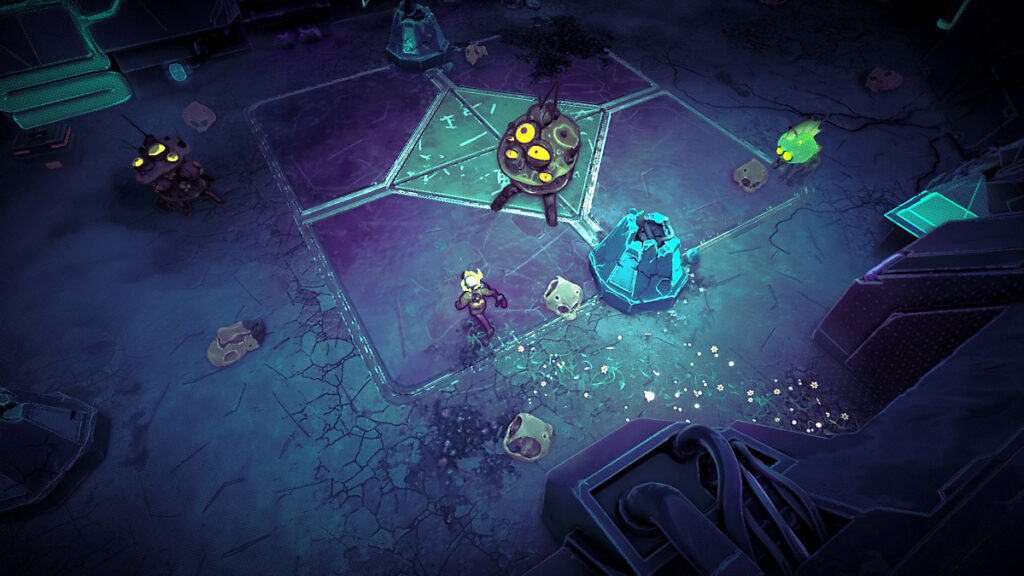
The balance has been carefully considered; instead of standard “experience points”, the player-character gets increasingly more radiated.
Instead of leveling up stats, the hapless protagonist is blessed with a new attack on top of the standard melee bat. More mutations mean the more versatile combat options.
Some of the wide range of abilities include fire-balls, to area-of-attack farts, to even becoming an off-brand Ghostrider. The amount of of combinations are seemingly endless and because of the randomized design, it stays fresh because you never know if you’re going to get dealt a good hand.
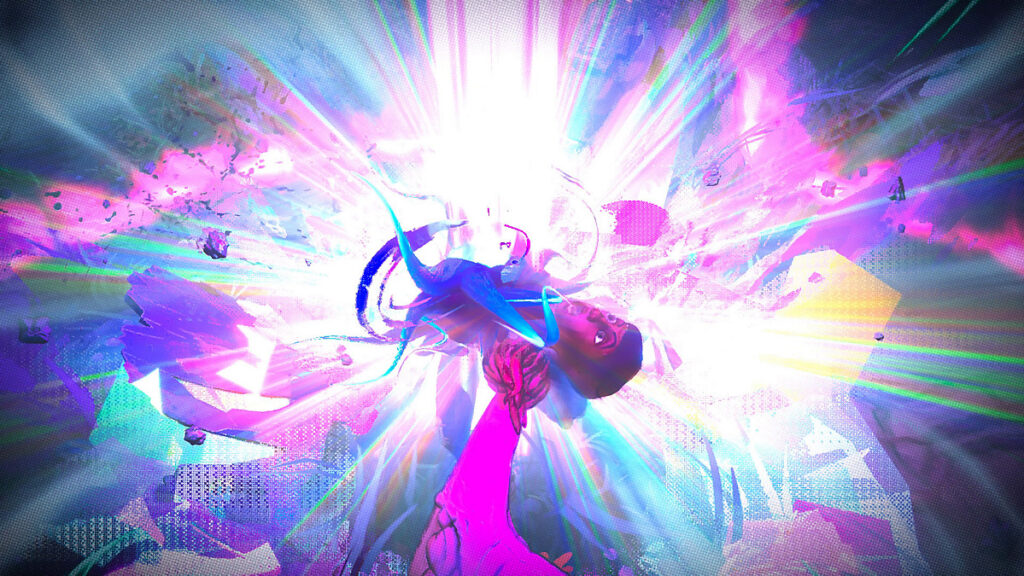
Most impressively, Double Fine’s artist took great care into visually representing the protagonist’s transformation with panache. On a long enough run, the hero can end up looking utterly surreal and insane.
RAD‘s gameplay loop is very simple, and designed for short bursts for satisfying increments of progress. Every level is made up of two acts that climaxes with a boss at the end. Players are left to fend for themselves to scavenge for materials or currency to survive the beat-downs that occur.
The randomized stages can be festooned with cryptic secrets to uncover and friendly mutants to barter tapes with, adding some much needed sense of adventure to the experience.

Enemy designs and their behavior will leave Double Fine fans wanting, as these are the most generic collection of freaks and abominations. Most of the wild-life resemble Fraggle Rock rejects and have gruesomely tame attack cycles.
These threats can be so boringly easy to fight early on that they become hard because your attention span craves variety. Expect to fight the insatiable urge to get in an extra hit, only to die because you’re getting greedy.
Not following the enemy pattern will only lead to having a bad time. This is why the mutation abilities are so crucial since they allow for greater forms of combat expression and style. This applies to bosses where the best strategy to constantly be on the move while getting some sucker punches with abilities when they leave an opening.
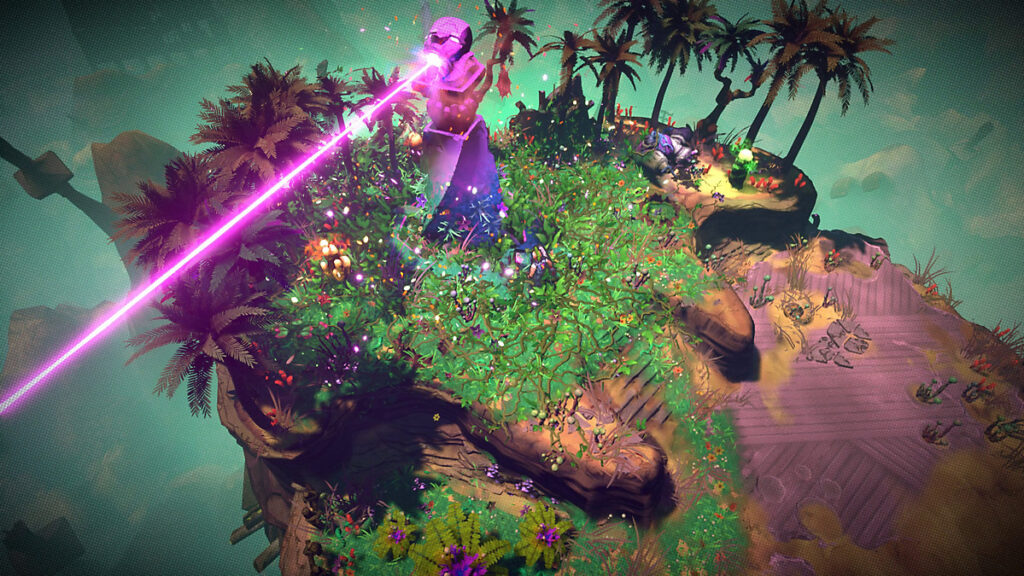
The art shines its brightest with the look of the environments and the eye-blistering intense colors. While the character designs are on the ugly Tumblr art side, everything has a vibrant illustrative quality to it.
Textures have a naturalistic, hand-crafted quality to them that beautifully compliments the shader effects and ambient glow. Double Fine may still design characters that only mothers could love, but they truly know how to play with their toys.
On PlayStation 4, RAD ends up being one of the better looking indie games for its price ($19.99). Surprisingly, this version comes with two performance options; 30 or 60 fps.
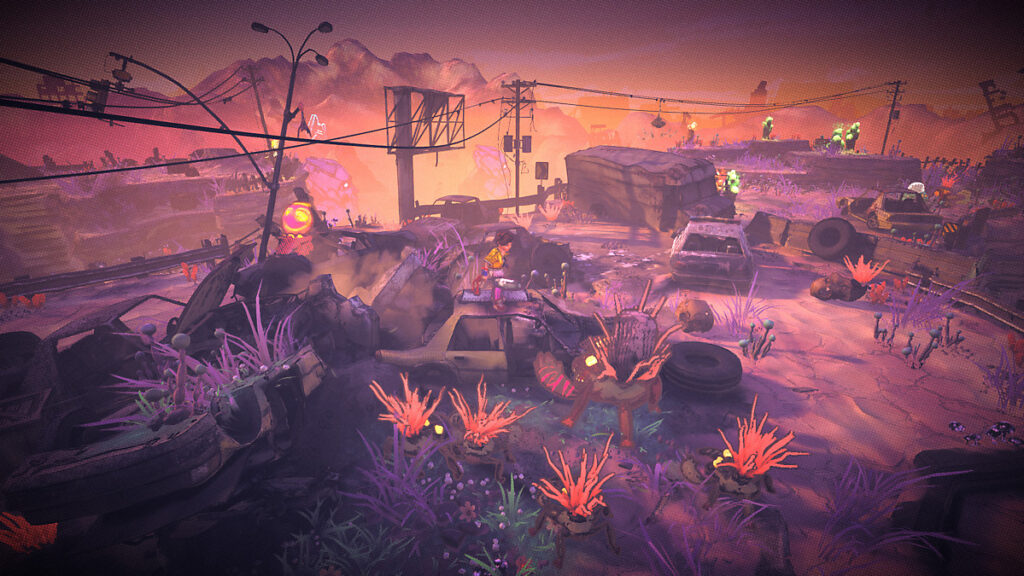
If you happen to be playing on a PlayStation 4 Pro there won’t need to be any compromise. When set to 60 FPS, RAD runs perfectly and always maintains decent image quality. This is not exactly a taxing game to begin, with since it leans heavily on art direction over high specs.
The brilliant neon imagery can sometimes veer off into becoming an ocular assault of the senses. It is impressive such hostile luminosity was poured into every psychedelic landscape, and it not become a visually exhausting mess.
RAD is a looker that manages to have a distinctive style that makes it stand out from most Double Fine releases in the past few years.

The one thing from the 80s that will never get played out is the music, and RAD flawlessly nails it. There is a variety of styles that range from cues that homage hair metal, to synth pop, and even new wave.
For the most part, the soundtrack is a legitimate compilation of original “vapor wave” ambient tracks, that are perfect for loners who like to drive around at 3 am in the morning while wearing sunglasses and drinking Pepsi. Its the kind of music that is excellent for going to the gym or doing tai-chi on the beach during a sunset.
Aside from the generic alien screeches and some stock splat sounds, there little much distinctive sounds. The most memorable moments are from the village chief’s constant narration of every action and item pick-up, which admittedly is amusing and never gets old.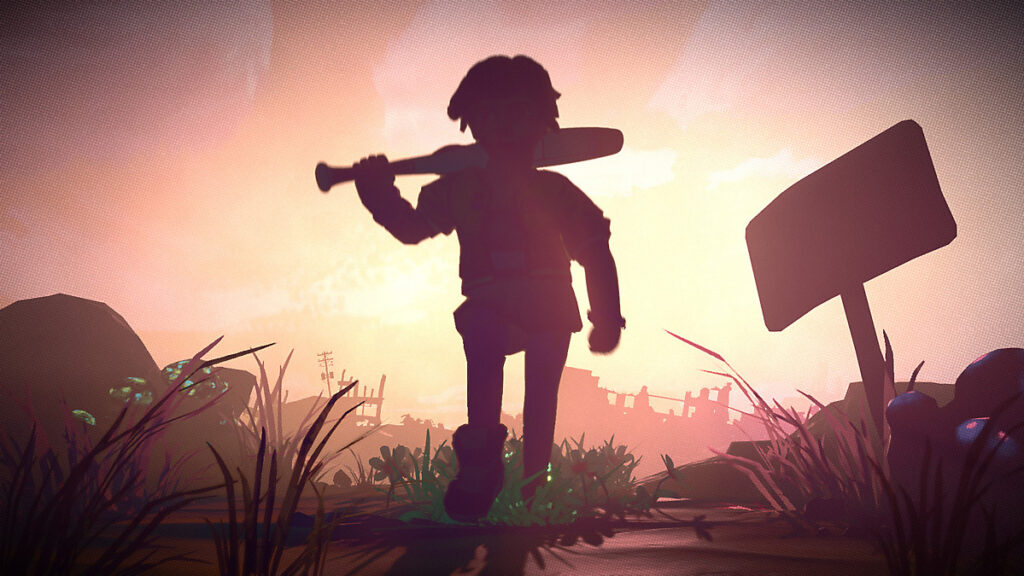
RAD is best enjoyed in small doses. Extended sessions with it can lead to it becoming a bit on the boring side if you jump right back in after a failed run.
There is effort made to have replay value by having multiple endings, and an entire compendium to complete- neither of which are worth the dozens of hours it would take to see it all.
This sort of gameplay is much better suited for casual play on a portable gaming device during a long commute, than on a stationary game console.
RAD was reviewed on PlayStation 4 using a review copy provided by Bandai Namco Entertainment. You can find additional information about Niche Gamer’s review/ethics policy here.